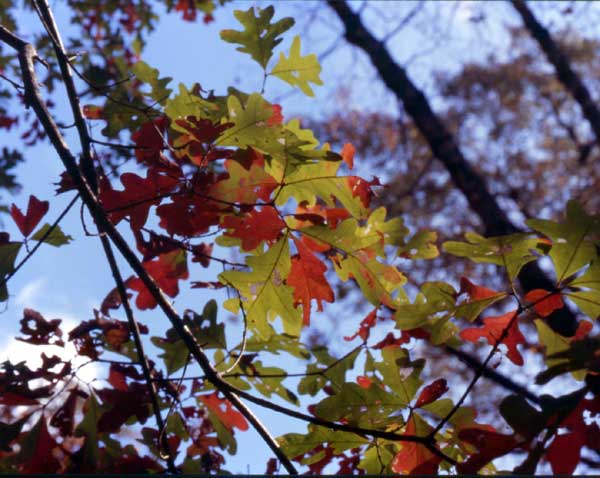

I. Abstract/Project Summary
This report provides a brief review of past watershed-related
research in and around the Little Tallahatchie Experimental Forest
and Holly Springs National Forest. In addition, the bulk of the
report focuses on results of research on 1) correlations between
tree species composition and recent changes in fire frequency,
2) what constitutes a historically important fire/disturbance
regime in oak-pine forests in north-central Mississippi, 3) the
relationship between avian community structure and prescribed
burning, 4) the relationship between nesting success of forest-obligate
migrant bird species of concern and prescribed burning, and 5)
the effects of simulated fire on flowering of a fire-adapted forb
in an infrequently-burned oak-pine forest.
The major findings of our research were:
1) With two exceptions (Fagus grandifolia and Vaccinium arboreum), tree species and avian species composition did not vary significantly with respect to the frequency of prescribed fire; beech saplings and tree huckleberry were negatively affected by fire;
2) Tree species composition varied significantly along a longitudinal gradient from east to west. Second growth stands dominated by Pinus echinata, Liquidambar styraciflua, and Quercus falcata in the east gave way to dominance by upland oaks, Quercus alba, Q. stellata, and hickories (Carya spp.) in the west;
3) In stark contrast to present-day second-growth stands, presettlement upland landscapes were dominated by relatively sparse stands of fire-tolerant Quercus velutina, Q. stellata, Q. marilandica, and Pinus echinata throughout the geographic range of the current field sites;
4) Fire-tolerant upland oak species and shortleaf pine were poorly represented in sapling and small size classes of canopy trees at all sites (including the more frequently-burned sites), suggesting that recent increases in fire frequency were of no benefit to natural regeneration of oaks or pines;
5) Birds of different nesting/migration guilds tended not to co-occur within sites;
6) Nest predation was the primary cause of nest failure in all sites and was independent of fire frequency; the incidence of brood-parasitism of forest-obligate species of concern was very low compared to levels found in the Midwest and did not interact with fire frequency;
7) Pityopsis graminifolia (a native fire-adapted forb) showed no enhanced flowering in response to simulated fire within a long-unburned oak-pine forest at LTEF. This lack of response contrasted sharply with its enhanced flowering responses to fire or simulated fire (clipping/litter removal) in pine savannas in southern Mississippi and in open, roadside areas at Holly Springs National Forest.
We conclude our report by identifying future research opportunities, with a particular emphasis on the role of prescribed fire in biodiversity conservation and restoration. We outline approaches for restoration of oak-pine-bluestem communities in northern Mississippi and identify some potential benefits and consequences of such restoration efforts to the conservation of biodiversity in upland oak-dominated ecosystems.
Publication:
Aquilani, S. M. and J. S. Brewer. 2005. Area and edge effects
on forest-obligate species in a non-agricultural landscape in
north Mississippi, USA. Natural Areas Journal 24:326-335.